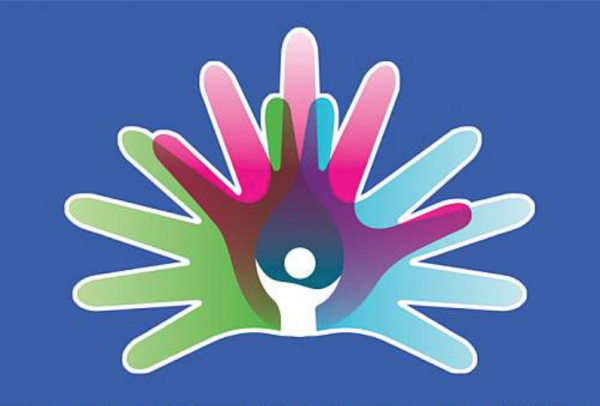Held on the last day of February every year, Rare Disease Day recognizes the impact of over 6,000 rare diseases worldwide. Started in 2008, its advocates celebrate Rare Diseases Day in over 90 countries by raising awareness among health practitioners, policy makers, researchers, and the general public.
Diseases or disorders are considered rare if they affect fewer than one in 2,000 individuals in Europe or fewer than 200,000 individuals at a given time in the USA. One of the challenges healthcare professionals face when diagnosing rare diseases is the fact that different diseases can display similar symptoms. Healthcare professionals start by treating the disease the patient is most likely to have, but that can lead to misdiagnosis and a delay in treatment. As such, Rare Disease Day serves as an intersection between health and social care and promotes the common goal of developing new diagnostic procedures.
“Rare diseases are not spoken about that much in [the McGill Medicine] curriculum,” Cyril Boulila, second-year medical student and cofounder of the rare disease interest group rareDIG, said. “I think it’s a shame because [we need to take the rare disease community] into consideration [….] I have a rare disease. I have severe hemophilia and it really saddened me that we didn’t talk about it during our circulation block in medicine, so it really pushed me even more to being a patient advocate as well as a medical student who has a voice for [the rare disease community].”
In recognition of Rare Disease Day, rareDIG McGill hosted a gathering for rare disease patients as well as those advocating for and treating them. Guest speakers included individuals with uniquely different perspectives and experiences in the realm of rare diseases. Among them were Ian Stedman, a rare disease patient and advocate, and Nada Jabado, a professor in McGill’s Department of Pediatrics and a pediatric hemato-oncologist at the Montreal Children’s Hospital.
“There’s just this massive gap that [rare disease patients] fall into and then they just fall out of the system,” Stedman said.
Diagnosed at age 32 with Muckle-Wells Syndrome, Stedman described his first-hand experience with the difficulties of obtaining a diagnosis. He critiqued the healthcare system for failing to integrate patient data between provinces, which would make it easier to identify rare diseases. Focusing on the importance of data in rare disease diagnostics, Stedman highlighted the promise for machine learning and artificial intelligence (AI) to be used for online healthcare, as both have the ability to aid scientists in identifying diseases and tracking trends in hospital reports. Large data sets can then be cross-referenced with individual patient symptoms, showcasing the promising role of AI in the future of personal medicine.
Jabado, known for her work on pediatric brain tumours, presented a physician’s point of view. Her research concentrates on epigenomes—the chemical compounds that turn genes on and off—and led to the discovery of a mutation that is associated with brain development and tumour growth. Her talk illustrated targeted therapies for patients as well as the considerable financial challenges involved.
“It’s true that, oftentimes, we are taught about the most common diseases and we get very little teaching about rare illnesses,” Amanda Try, third-year medical student, said. “I like how [rareDIG is] trying to reach [out to the] community and [recognize how rare disease patients’] experiences can be affected by the way we treat them.”








